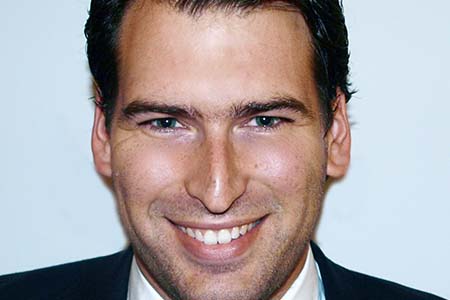Alvaro Sanchez, Sales and Marketing Director, Integrasys, speaks exclusively to SatellitePro ME about the evolution of teleports and the opportunities it brings.

Alvaro Sanchez, Sales and Marketing Director, Integrasys, speaks exclusively to SatellitePro ME about the evolution of teleports and the opportunities it brings.
In January 2018, the World Teleport Association published its Teleport Opportunity Report. It is clear that the satellite industry is being disrupted right now, perhaps more than it has ever been. For teleport operators, the new models of connectivity, coupled with the media and data revolutions, are presenting significant challenges but also a number of opportunities, and we strongly believe that teleports will be more relevant than ever before.
Evolution of teleports
Teleport operators have innovated over the years, but this has been a slow and steady evolution matching market trends. Now they are suddenly facing fast-paced change driven by a number of external developments and pressures.
First, they are faced with new models of connectivity, including high-throughput satellite (HTS) and the new and upcoming MEO and LEO constellations, which bring a whole new set of challenges.
For example, in the HTS environment if a single remote is wrong, a beam can be degraded or down for a significant amount of time. This has a knock-on effect for customers expecting continual service, and a huge economic impact for both the service provider and satellite operator. However, HTS also brings many advantages, enabling cost-efficient reach into otherwise unconnected areas. Unsurprisingly, the industry has already invested a great deal into HTS developments. It is clear from the report that HTS will continue in the coming months and years.
We will also see a great deal of innovation, with LEO and MEO constellations launching. Of course, a much faster orbit means challenges ensuring continual connection, minimum downtime and a huge range of smart applications. The sheer number of satellites in orbit will present its own hurdles for operators. At the same time, these will provide massively increased connectivity speeds, matching an affordable pricing structure thanks to flat panel antennas. HTS has already greatly increased connectivity speed; with LEO, this is set to increase further still and reduce latency even more than MEO.
A World of Opportunity
Despite the challenges, these new technologies are opening up a world of opportunity for teleport operators and the satellite industry in general. Alvaro Sanchez, Sales and Marketing Director, Integrasys, speaks exclusively to SatellitePro ME about the evolution of teleports and the opportunities it brings The TeleporT OppOrtunity It is clear from the WTA survey that teleport operators expect growth over the coming years, mainly fuelled by a growing consumer appetite for OTT video, the IoT and cloud services.
These same applications are causing uncertainty for teleport operators. Consumers don?t have the patience for downtime or failed connections; they expect the content they want instantly. Take IoT, for example. As we move into connected cars, consumers will simply expect that connection to always work, on the move, and simply won?t tolerate any lack of connection or maintenance. Satellite is perfectly poised to overcome those challenges and provide a connection in this environment. The connected car is just one example which will have to be solved using satellite technology. Other IoT applications will benefit from the huge capacity satellite offers.
As with all opportunities, teleport operators are facing growing competition from other providers and new entrants to the market. This adds even more pressure to respond to market demand for instant and continuous connections. This means the need to invest in the right technology and embrace innovation.
The Future is Bright
Despite challenges, teleport operators are clearly responding and adapting to a new world of satellite. Over the coming months, I expect to see them embracing these advances, finding new ways to automate and improve efficiency, and ultimately growing.















































































